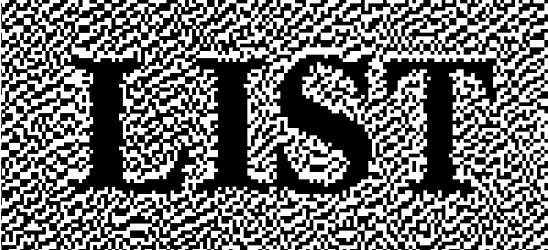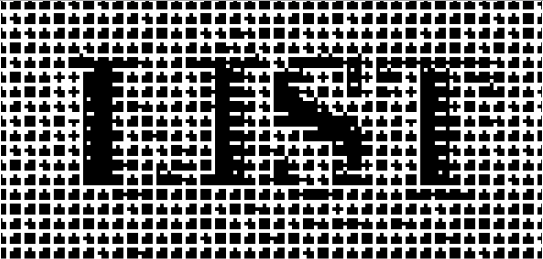Why are we getting dark pages, patterns and grid lines when compressing a scanned document?
Estimated Reading Time: 2 MinutesIf the input document was originally rendered with no smoothing or antialiasing of any kind, you are essentially starting with a lot of glyphs that all have extremely rough edges, being rendered with nothing but black or white squares. If this is then rendered again through another process that also results in no gray areas at all, images will become even more pixilated.
Normally, pages should be scanned with whatever antialiasing or smoothing options are available, so as to result in softer, better-defined edges. Otherwise, the only lines that survive well will be those that follow pixel boundaries either horizontally or vertically. The others may be rendered with various black square edges going off in various directions, and then during a later compression process, those black square edges may be re-expressed in another black-and-white-and-no-gray version that's even less like the original.
For example, examine the word "LIST" here, where it originally resided on a gray background before being scanned with no grayscale or antialiasing enabled. This is what its rendered output looks like at 1000%:

The user had not allowed any gray pixels in this version, so the initial rendering process had to simulate the gray background shade using black and white. We can get away with doing this once, but things will not get better if we do it again. Following a later compression process, the image has noticeably deteriorated:

What we are seeing here is that without any feathering, grayscale or antialiasing of edges, we are progressively losing any pixels that aren't 100% black, or are not squarely aligned with the rendering DPI grid. What complicates things is that because of the restrictions on the first rendering, a lot of the pixels (in particular, all of the background ones) weren't really meant to be black in the first place; they should have been gray. We are progressively losing our image because we're not able to accurately render the contrast of the original. We're losing the definition of the visible components, while at the same time a formerly light background is growing darker.
In general terms, allow antialiasing, smoothing, and grayscale rendering when you prepare your document image. Follow-on compression processes should likewise accommodate grayscale imagery and as high a DPI value as possible. The farther the output is removed from your original, the more likely you will see the detail of your image deteriorate.